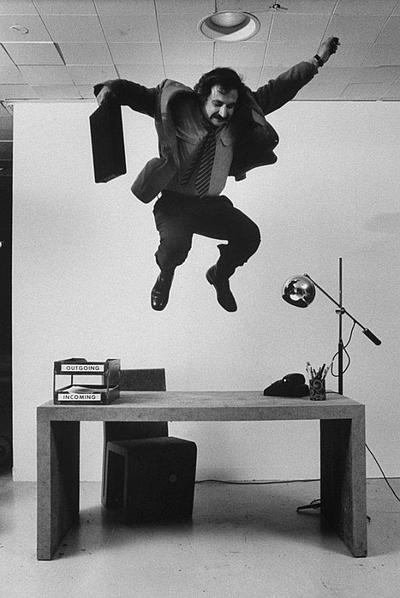Master Thesis Application
Due to Prof. Tom Emerson's sabbatical semester the studio cannot offer a Master thesis in Spring Semester 2026. The course will continue in AS 2026. We will provide further information on the application procedure later on next year. We wish you all a successful diploma!
Studio Tom Emerson is currently supporting free master thesis proposals. If you would like to apply for a free master thesis for the Spring Semester 2026, please send a brief description of your topic until Monday, 17th of November 2025 to donati@arch.ethz.ch

At the moment the following master thesis proposals are being developed with our team:
With whose hands and bodies will we build our utopias?
by Elisa Nadas & Ella Bacchetta
(in collaboration with Chair of Care.)
Roofs Infrastructures
by Sofia Weidner
L'Acqua a Milano - ll Nuovo Naviglio
by Chiara Marchegiani & Nina Tschuppert
(in collaboration with Loreta Castro Reguera, GSD Harvard)
Past free master thesis:
La Maison
Memories of a vanished monument
by Julien Rey
(in collaboration with Chair Philip Ursprung)
Debris Movers
Reassembling Warsaw after the Second World War
by Zofia Krupa
(in collaboration with Chair of Prof. Jan De Vylder)
Nobody Home
by Héloise Dussault-Cloutier & Daniel Epprecht
(in collaboration with Chair Philip Ursprung)
Construction ruins
by Lida Freudenreich & Kaspar Zilian
(in collaboration with Chair Charlotte Malterre-Barthes)
Desire of Land – Dwelling on the Periphery
by Jeremy Waterfield
(in collaboration with Chair of Care.)